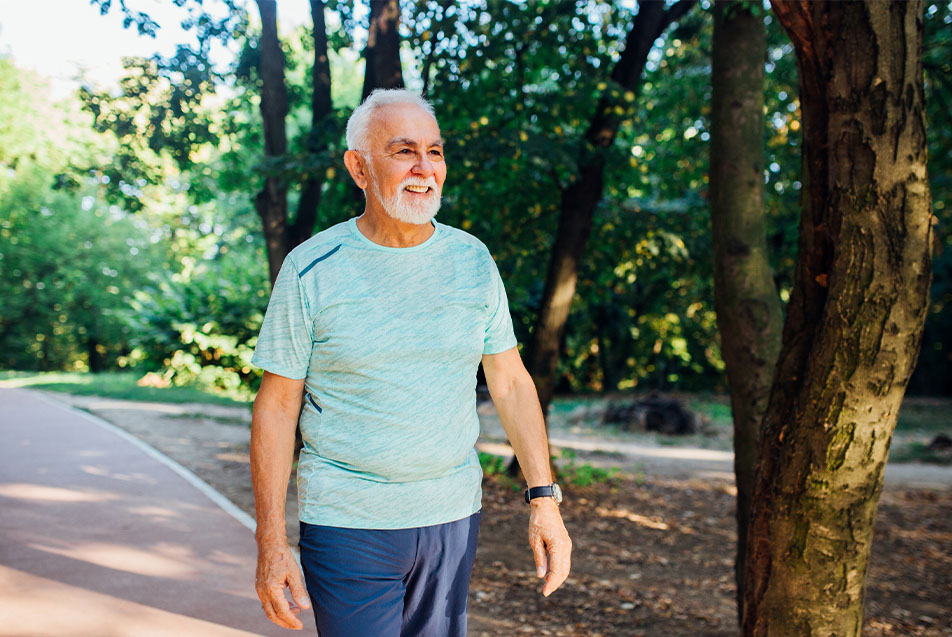
This post was written by Kaitlyn Creager, behavior change specialist, Diabetes Care Services, Parkview Health.
As the new year approaches, many are motivated to work towards their wellness goals but exercising with diabetes can be intimidating. It’s completely normal to feel both excited and apprehensive as you embark on your new fitness journey for glucose and weight control. The key is to exercise smarter, not harder! With proper precautions, you can exercise safely to successfully reach your goals.
Getting Started
- Always consult with your physician or primary care provider before beginning a new routine.
- Set small, realistic goals for yourself, then work up from there. For example, if you don’t currently exercise, don’t set a goal to run a marathon tomorrow.
- Choose exercises you enjoy. If you like to dance, try a dance fitness class. Go for walks, play with your kids, play active video games that get you up and moving. The options are endless!
- No matter what, think outside the box and have fun with it!
While exercising
- Be sure to check your glucose before and after exercising.
- Make exercise a part of your routine by training at the same time each day.
- Drink plenty of water before, during, and after physical activity. However, if you plan to exercise for longer than two hours, consider a sports drink containing carbohydrates and electrolytes, but be sure to read your labels to avoid any spikes.
- Don’t forget to listen to your body. If you feel tired, faint, have pain or notice symptoms of hypoglycemia, stop immediately.
- Don’t neglect your feet. Make sure you check your feet daily, even when sedentary.
- Remember to wear proper footwear when exercising, including clean, white socks.
- Avoid injecting your insulin into the primary muscle group you’ll be using that day because physical activity in the injection area can cause it to absorb faster than usual.
- Don’t be afraid to exercise with a partner. It can be more fun, provide accountability and be helpful in a hypoglycemic incident.
- Plan ahead and bring fast-absorbing carbohydrates in the event of a hypoglycemic incident – 15 grams raises glucose 40 mg/dl.
- Make sure you are wearing your medical identification in case of an emergency.
When you should wait to exercise
- If your fasting glucose is greater than 250 mg/dl and ketosis is present.
- If your fasting glucose is greater than 300 mg/dl without ketosis present.
- During your peak insulin periods.
Remember, if you have diabetes complications, make sure you speak with your primary care provider. They can help you set limitations and provide proper guidelines for your situation.
Sources
American Diabetes Association: Healthy living and fitness
American Diabetes Association: Exercising with diabetes complications



